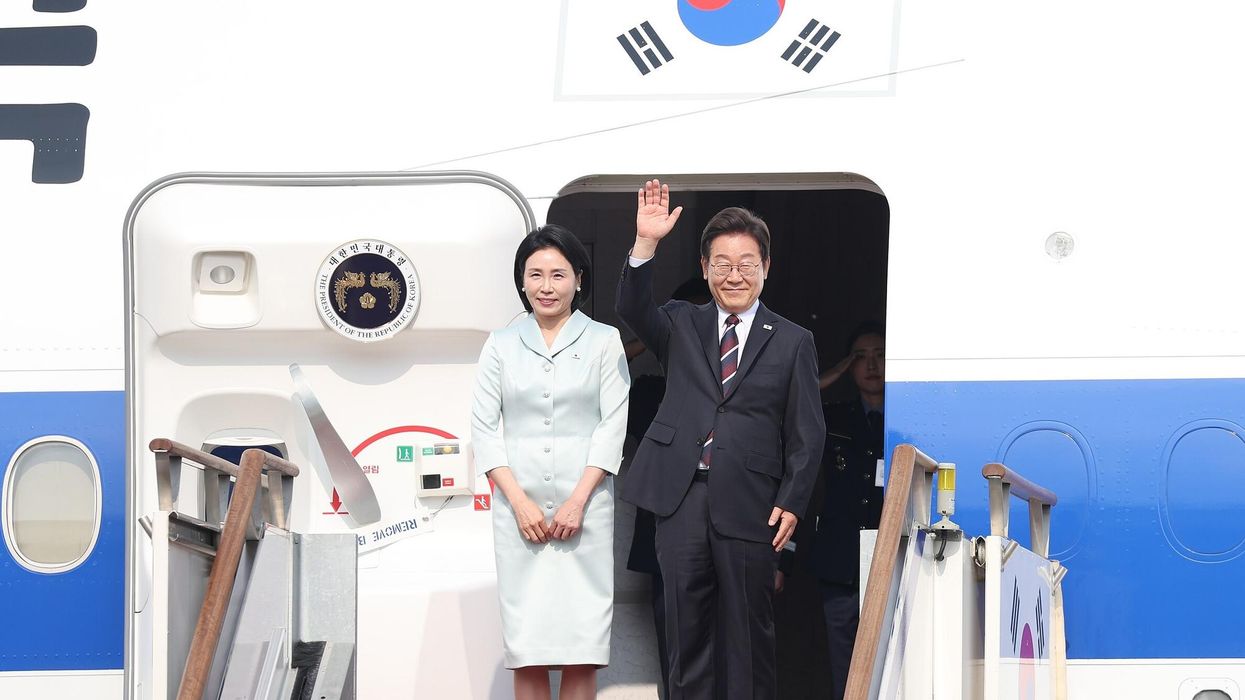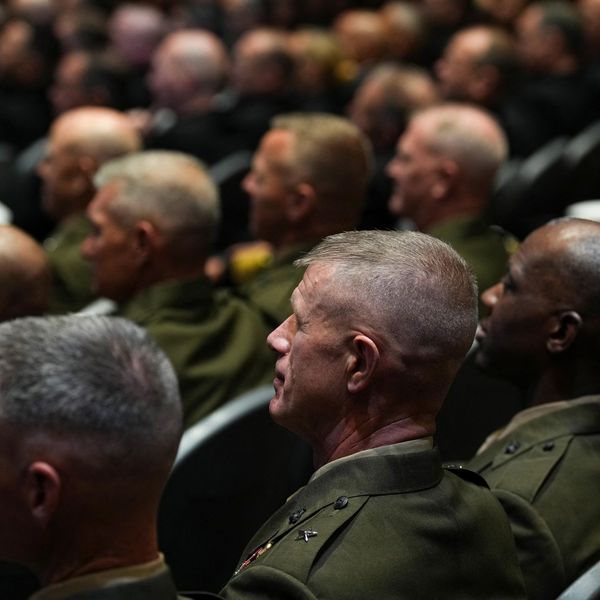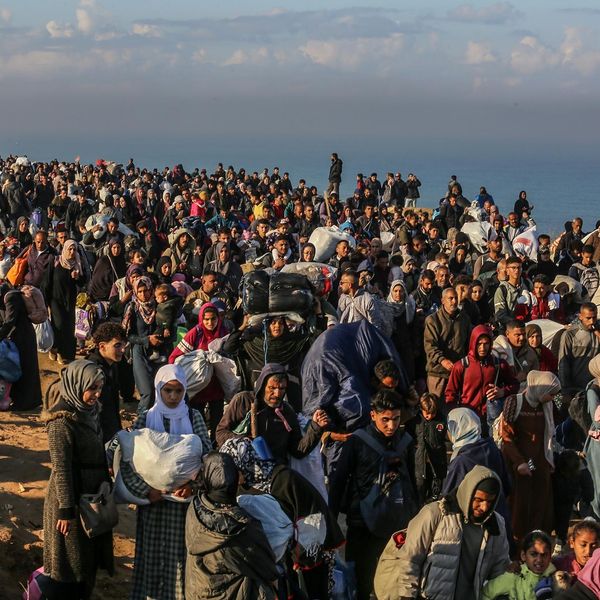In his seminal 1957 book “The Copernican Revolution,” Thomas Kuhn writes that Copernicus’ “astronomical innovation” was characterized by a “plurality” that “transcends the competence of the individual scholar.”
Studying the Copernican Revolution, he said, provides an “ideal opportunity to discover how and with what effect the concepts of many different fields are woven into a single fabric of thought.”
There is a similar plurality of thought present in “How Sanctions Work: Iran and the Impact of Economic Warfare” (Stanford University Press) by Narges Bajoghli, Vali Nasr, Djavad Salehi-Isfahani, and Ali Vaez. Like astronomy, the study of sanctions transcends the competence of the individual scholar. The four authors bring diverse expertise to the task of understanding the workings of sanctions. Bajoghli is a sociologist, Nasr is a political scientist, Salehi-Isfahani is an economist, and Vaez trained as a nuclear physicist before turning towards security issues.
Studies on the efficacy of sanctions policies tend to focus on policy design — are they unilateral or multilateral measures, are they are primary or secondary sanctions, and what sectors, entities, or individuals do they target? In these studies, the country imposing sanctions is placed at the center of the system, exerting forces on the sanctioned countries in its orbit. The Copernican aspect of “How Sanctions Work” is its insistence that a true understanding of sanctions efficacy arises not from an analysis of the policies, but rather from an analysis of the society and economy on which they are imposed.
Setting out their aim for the book, the authors declare that “policymakers and pundits” inquiring “do sanctions work?” are asking the wrong question. That question fixates on the power of the sanctioning country and has an obvious answer. “When a country with the size and economic power of the United States imposes harsh sanctions on a country, of course they ‘work’: sanctions create massive disruptions in the everyday lives of citizens, impact the political culture of the targeted state, and induce shocks in the economy.”
The better question, the authors contend, is “do sanctions work the way they ‘should’?” This inquiry puts “behavioral changes in targeted states” at the center of the model. It also allows for a more sensitive examination of how sanctions may harm ordinary people, an insight no doubt furnished by the authors’ personal connections to Iran.
Until recently, Western policymakers have maintained a dogmatic belief in the efficacy of sanctions despite the fact that they had clearly failed to achieve their intended policy outcomes in most countries on which they had been applied, most notably Cuba, Iran, Iraq, Syria, North Korea, Venezuela, and Russia. But, like St. Augustine, who counseled against trying to understand the workings of the heavens, policymakers committed to sanctions policy felt it was “not necessary to probe into the nature of things.”
In 2018, the Trump administration unilaterally imposed “maximum pressure” sanctions on Iran, raising new concerns about the abuse of sanctions. But even as many former sanctions practitioners warned about the overuse of economic coercion, it was clear that sanctions would remain a mainstay of U.S. foreign policy. As Dan Drezner has observed, “two decades of war, recession, polarization, and now pandemic have dented American power. Frustrated U.S. presidents are left with fewer arrows in their quiver, and they are quick to reach for the easy, available tools of sanctions.”
In 2021, spurred by the Trump administration’s brazen use of sanctions, which had frustrated allies and provoked adversaries, the Biden administration undertook an interagency review of its sanctions policy with the aim of ensuring that “economic and financial sanctions remain an effective tool of U.S. national security and foreign policy now and in the future.” The review set out steps to “modernize sanctions,” including by ensuring that sanctions policy is informed by “rigorous economic analysis, technical expertise, and intelligence to ensure that they are the right tool in our national security arsenal to pursue the identified objective.”
In May 2023, the Treasury Department Office of Foreign Asset Control hired a chief sanctions economist for the first time. Belatedly, policymakers in Washington are beginning to probe into the nature of their sanctions policies.
A similar effort to better understand sanctions is also underway in sanctioned countries themselves. Despite the tremendous impact of sanctions on economic and social circumstances in Iran, it is only in the last few years that sanctions have been studied on their own terms. Prominent think tanks in Iran now have dedicated sanctions experts whose task is to understand how U.S. sanctions work and assess the costs borne by Iran’s economy.
For the analysts in Washington and Tehran newly evaluating sanctions and their effects, How Sanctions Work is a valuable resource. By centering the targeted country in the discussion of sanctions efficacy, Bajoghli, Nasr, Salehi-Isfahani, and Vaez demonstrate what a case study on sanctions should look like. To answer the question of how sanctions should work, it is necessary to describe how they are perceived in the target country.
The book’s first chapter does not begin with a discussion of what sanctions are, how they are designed, or their economic effects. Instead, we read about Fariba, a retired teacher, who recounts the precarious position she faces in Iran’s sanctioned economy. Fariba once “led a solidly middle-class life in Tehran” but now constantly worries about how to get her diminished income to “stretch as far as possible.”
When in the third chapter we finally turn to the impact of sanctions on Iran’s economy, we can interpret the assembled statistics with greater sensitivity. For example, when we read that “between 2011 and 2019, some 9 million people lost their middle-class status and joined the ranks of the lower-middle class and perhaps even the poor,” we think back to Fariba and her struggle to make ends meet.
This is the formal innovation that makes “How Sanctions Work” an important contribution. The authors are not presenting a great deal of new information, but rather presenting existing research in a new way. The book emerges from a series of research papers commissioned by the authors and published by Johns Hopkins SAIS (I was the author of one of those papers). The book also draws on eighty “long-form oral history interviews,” including with Iranian researchers studying sanctions impacts. The authors weave together the findings of these papers and interviews with insights from the growing body of sanctions research, creating a first-of-its-kind cosmology of sanctions—a description of their forces, the bodies acted upon, and the orbits and trajectories altered.
Again, a parallel can be drawn between “How Sanctions Work” and Copernicus’ “On the Revolutions of the Heavenly Spheres,” which Kuhn describes as a “relatively staid, sober, and unrevolutionary work.” For Kuhn, the book’s significance lies “less in what it says itself than in what it caused others to say. In other words, Copernicus had written a “revolution-making rather than revolutionary text.” Kuhn’s later scholarship established how the application of new “paradigms” advances scientific knowledge. Without the right paradigm, those who wish to innovate, whether scientists or policymakers, will not even know the right questions to ask.
“How Sanctions Work” concludes by calling for a paradigm shift in our appraisals of sanctions policy. “With the United States sanctioning larger economies such as Russia, and threatening more punishing sanctions on a country like China, it behooves us all— as scholars, policymakers, and concerned citizens — to critically examine economic sanctions. Put another way, it is time to understand how sanctions really work.”
















